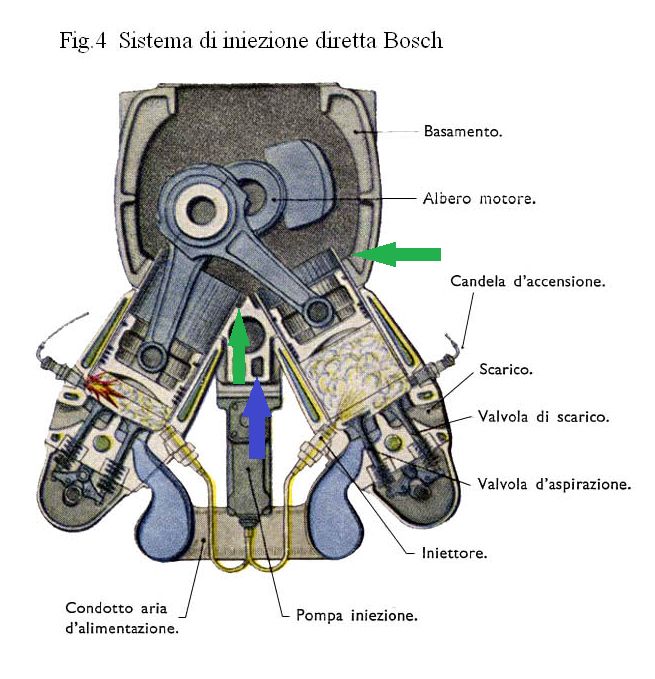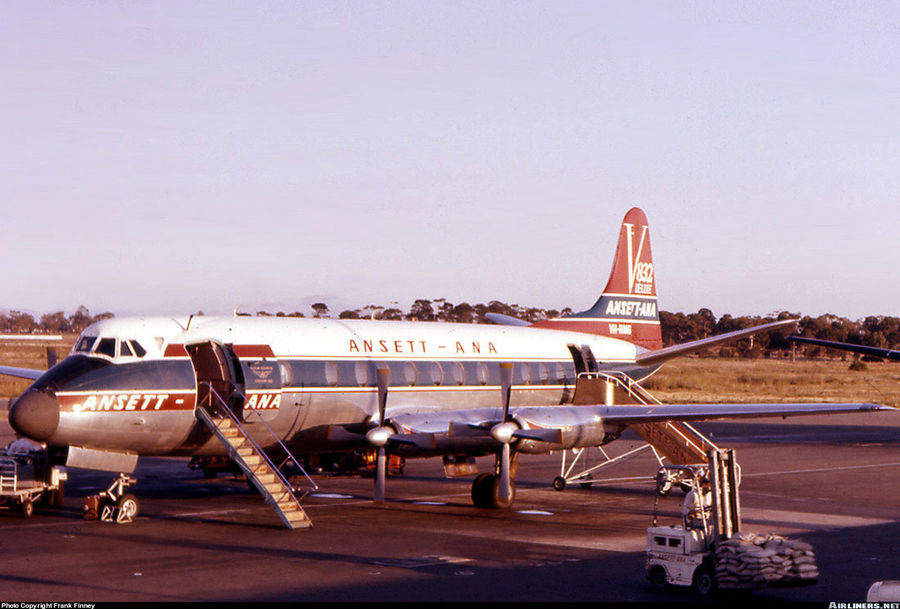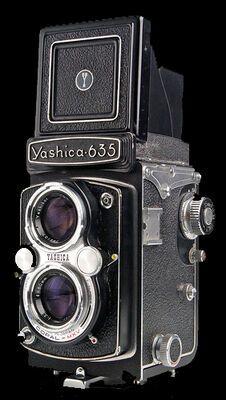Where were you going on your first airplane ride?
Sep 5, 2021 13:53:04 #
Wallen wrote:
During normal engine operation, oil gets splashed ... (show quote)
I think it would help if I could see a cut away (section) of the engine. I’m familiar with dry sump engines, just not invented ones.
Sep 5, 2021 14:21:20 #
olddutch
Loc: Beloit, Wisconsin
There is a oil pump that pulls the oil out of the housing where the cam shaft. Is. When I get home I will send you some pics of the Ranger Engine as I believe I have a overhaul manual for them. Thanks for drawing these items to the surface of my grey matter.
Sep 5, 2021 14:45:32 #
Being kidnapped... (a custody battle when I was about 5 or 6)
from Perth to Melbourne on a Vickers Viscount... I'd been
previously kidnapped in the opposite direction
but transported on the Indian-Pacific train.
For me it was all a fantastic adventure that's engraved indelibly
in my memory.
"Chance It With Ansett":
'Tog' unknown.
from Perth to Melbourne on a Vickers Viscount... I'd been
previously kidnapped in the opposite direction
but transported on the Indian-Pacific train.
For me it was all a fantastic adventure that's engraved indelibly
in my memory.
"Chance It With Ansett":
'Tog' unknown.
Sep 5, 2021 14:49:51 #
cedymock wrote:
I was going up to 3000 feet to jump out .....................with parachute.
Crikey!
Sep 5, 2021 14:52:54 #
TriX wrote:
I was 4 years old (1950) and flew by myself (with two stewardesses and my Teddy Bear) from SF to DC on a TWA Constellation.
To young to sample the hosties TWA tea... for refreshment ;-)
Sep 5, 2021 15:01:50 #
nimbushopper wrote:
My cousin took me for a local ride in a Republic Seabee seaplane that he owned. It was in the early 60's.
AKA flying tadpole
Sep 5, 2021 15:29:26 #
from Newark to El Paso (bliss) to defend our country from people like me(Nov 1956 for school (TAS) 44-oe-32), but my 2nd was a charter for xmas leave, was a DC3 back to Newark, seemed to take about 3 weeks, well before jets.
Sep 5, 2021 15:41:25 #
Sep 5, 2021 15:41:42 #
Alafoto
Loc: Montgomery, AL
Boot camp, Ft. Polk, LA, 1963. American Airlines DC-3 from Tulsa to Dallas, Don't remember the plane on the second leg to Shreveport, but do remember that it was not a tail dragger and had four engines. Operated by Southwest Airlines, I think. I do remember that the 707s and DC-8s were just coming into service, but those of us destined to become cannon fodder were deemed not worthy to fly on them.
Sep 5, 2021 17:38:15 #
tramsey wrote:
I was going to State Highway Patrol School.
I was 14 and flying to Paris on a student exchange. My parents had a spare bedroom so I was paired with a boy who came to England on the first half of the exchange. It was a bit weird for a 14-year old girl in England in 1987. Luckily for me, he had two sisters who I could hang out with in France.
Sep 5, 2021 18:04:12 #
TriX wrote:
I think it would help if I could see a cut away (section) of the engine. I’m familiar with dry sump engines, just not invented ones.
Generally speaking, Cylinders are protruding into the crankcase, hence there is a lip around it so oil splashed around and flowing down the crankcase does not flow into the cylinder but gets channeled (green arrows) around it and collects on the lower areas, then passes through spaces (Blue arrow) towards the sump, where they get to be pumped backed into the system.
When the engine is running, any oil that gets to the cylinder will be pumped out by the piston as it is reciprocating at high speed.

Sep 5, 2021 18:10:34 #
Wallen wrote:
Generally speaking, Cylinders are protruding into the crankcase, hence there is a lip around it so oil splashed around and flowing down the crankcase does not flow into the cylinder but gets channeled (green arrows) and collected, then passes through spaces (Blue arrow) towards the sump, where they get to be pumped backed into the system.
When the engine is running, any oil that gets to the cylinder will be pumped out by the piston as it is reciprocating at high speed.
When the engine is running, any oil that gets to the cylinder will be pumped out by the piston as it is reciprocating at high speed.
Thank you - that clears it up. Are there two oil pumps - a scavenge pump and a pressure pump?
Oil is especially critical for air cooled engines. My 911 was dry sump with two pumps, a separate oil tank and two oil coolers (the 2nd, located in the right front fender was an option).
Sep 5, 2021 18:35:03 #
TriX wrote:
Thank you - that clears it up. Are there two oil pumps - a scavenge pump and a pressure pump?
Oil is especially critical for air cooled engines. My 911 was dry sump with two pumps, a separate oil tank and two oil coolers (the 2nd, located in the right front fender was an option).
Oil is especially critical for air cooled engines. My 911 was dry sump with two pumps, a separate oil tank and two oil coolers (the 2nd, located in the right front fender was an option).
Not limited to inverted designs, dry sump systems will have a pressure pump and one or more scavenge pumps. It will all depend on the engines design or modifications.
Sep 5, 2021 21:15:22 #
Sep 5, 2021 21:38:19 #
SAVH
Loc: La Jolla, CA
I was in a DC-3 or 4 at age 2 or 3 flying from Fresno, CA to Los Angeles to see grandparents (with my mother and father, of course.) I am told that since this was in 1943 or 1944, all of the window shades were drawn. My mother told me I tried to open one and the stewardess (yes, they were called that at the time) said it was illegal to raise the shade. My mother asked just what it was that a two or three year old would see that would be dangerous - or course not recognizing that the real issue was revealing the aircraft to possible visual detection. I have never been sure just why that regulation was in force as it seems very unlikely that seeing a light in a window of an aircraft at 30,000 whatever feet was going to be the give away to where they were
If you want to reply, then register here. Registration is free and your account is created instantly, so you can post right away.





